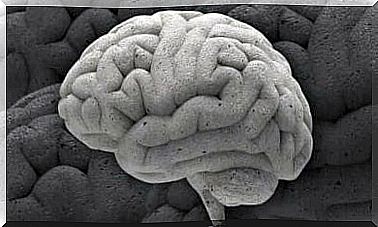6 Advantages Of Horse-assisted Therapy

Horse-assisted therapy, also known as hippotherapy, is a relatively new trend. But as early as 460 BC In Chr. Hippocrates spoke of the benefits of horses in treating health problems. It wasn’t until the 1960s that people started using hippotherapy again as a form of rehabilitation.
While riding, the patient begins to stimulate areas of his body that he may never have exercised before. This improves his balance and mobility and enables the rider to have an incredible communicative response. This does not require the patient to ride in a conventional position. For example, they can be upside down, standing or sitting in other positions.
The rhythm of a horse’s trot is similar to the movements of the pelvis when walking, which is why hippotherapy is ideal for people with limited mobility. Hippotherapy is also recommended for people with autism spectrum disorders, Down syndrome, cerebral palsy, and many other neurological disorders. However, we should keep in mind that this is an alternative therapy that should always be accompanied by medical treatment. If this is not the case, there may be no improvement.

Therapy with horses
Animals often create a special relationship with humans, and this is especially true for horses, because the physical and thus non-verbal communication between rider and horse strengthens the resulting emotional bond. No words are needed for them to be perfectly coordinated. It also creates a space for feelings and the bond between patient and horse includes love and understanding, which are often indescribable.

During hippotherapy, the patient trains and uses many different muscles. It takes balance, strength and skill. The patient should always be accompanied by someone who is attentive at all times and can intervene if necessary.
This therapy promotes joint mobility and strengthens the abdomen and back, buttocks, legs and arms. It is also an excellent therapy for strengthening the spine and correcting poor posture.
Another benefit is that the horse’s body temperature helps the rider relax. All these advantages make hippotherapy a recommendable supplement to therapy.
“It is noble, strong, majestic, but also sensitive and empathetic. The horse teaches those who know how to observe. “
Gabriel Oliverio
Hippotherapy improves self-esteem
Horse therapy helps people with all types of disabilities feel useful. Because animals do not judge, mock or criticize. They treat all people equally, without distinction. They also know how to be grateful for every affection and love.
Hippotherapy acts as a catalyst for more complex emotions. The love and understanding that an animal can give us sometimes enriches a lot more than what some people can offer. Everyone who has lived with an animal knows that.
It increases the attention span
This therapy improves focus and alertness, which is really valuable in people with attention deficit / hyperactivity disorder. The patient concentrates on the relationship with the horse, which improves spatial-temporal orientation and promotes preoperative thinking.
Of all patients with attention deficits, children respond particularly well. Training and increasing their ability to control and maintain their alertness is important. This also applies if the effects achieved in hippotherapy are to be transferred to other areas of life.
On the other hand, this form of therapy increases stability and reflexes on a sensory and cognitive level.

It relaxes and relieves in equal parts
This type of therapy is a great exercise for relieving the mind from everyday stress. Many psychologists recommend variants of animal-assisted therapy to deal with anxiety and stress problems.
Likewise, they are used in some cases of anorexia and bulimia. Because they help the patient to get in touch with other people who are outside of their usual environment.
They also improve the regulation of emotions and teach patients to express their feelings appropriately.
In contact with nature
The patient does not find himself in a formal or artificial place, such as in the psychologist’s office. The horse-assisted therapy creates contact with nature; the patient is outside in the fresh air. The contact with nature is therapeutic and enables the patient and the animal to interact in a conducive environment. The natural environment gives the patient the opportunity to expand their senses. This in turn increases his well-being.
Today, many people around the world practice horse assisted therapy. Thanks to the myriad of benefits of hippotherapy, it is used more and more often. However, we should keep in mind that it must always be combined with a specialized treatment and is not a sole cure.









